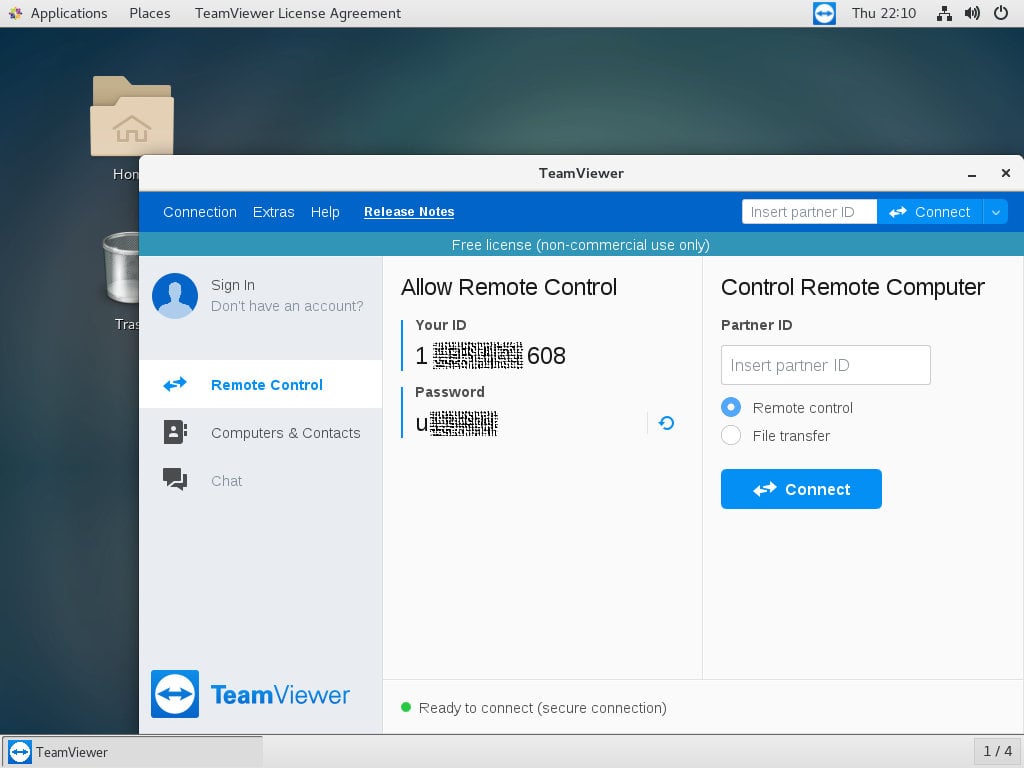

To: msiexec /i "TeamViewer_Host.msi" /qn CUSTOMCONFIGID= APITOKEN= ASSIGNMENTOPTIONS="-grant-easy-access"Ĭhoose 64bit Windows 10 under the Requirements On the Program step change the install command from: msiexec /i "TeamViewer_Host.msi" /q Create & Deploy in IntuneĬhoose the App Type “Windows app (Win32) then click Select at the bottom of the screen.Ĭhoose the TeamViewer_Host.intunewin file you created (Firefox may have trouble doing the upload. Once you have done so, you will have a file called TeamViewer_Host.intunewin that can be uploaded to Intune. \teamviewer-host\ -s TeamViewer_Host.msi -o. So for me, I had IntuneWinAppUtil.exe on the desktop and wanted the package file there as well, so I ran. Open Windows Terminal or a command prompt and run: IntuneWinAppUtil.exe -c -s TeamViewer_Host.msi -o If you haven’t already, download a copy of the Microsoft Win32 Content Prep Tool from Make sure there is nothing else in that folder. Go into the Host folder and copy the TeamViewer_host.msi file into another folder. Inside you will find two more folders: Full and Host. The MSI file will come in a zip file unzip it. Only when passed your configuration ID and API token during installation will it give you the customized client and add itself to your TeamViewer groups. Without any options, this MSI will just do a basic TeamViewer Host installation. You will need these when creating the app in Intune.Ĭlick the “Download MSI” link as well. Make sure the TeamViewer policy selected is the correct one from the Policies tab and you’ve selected the group you would like the devices added to under the “Automatically add computers to a group in your Computers list.”Ĭopy the API token and the Configuration ID. Create a new module with the Add Custom Module button or click the edit button on a existing module.Ĭustomize the look of the TeamViewer app however you’d like.

Once the policy is setup, go to the Custom Modules tab. These policies are checked by the client during installation. (The “enforce” checkbox for each setting prevents the end-user from being able to change that setting). To change a policy, click the edit button next to the one of the policies. If you need to create a new policy, use the “Add policy” button at the top of the screen. The Policies tab has the custom settings used by the client (such as whitelisting, auto-starting, and auto-adding to groups).Įach custom module can only use one “Policy,” but each policy can have all possible settings. You’ll see two tabs: Custom Modules and Policies. Log into to On the left hand side of the screen, choose Design & Deploy The scenario: you have computers that are only bound to AzureAD and you need to deploy a customized version TeamViewer to those computers.


 0 kommentar(er)
0 kommentar(er)
